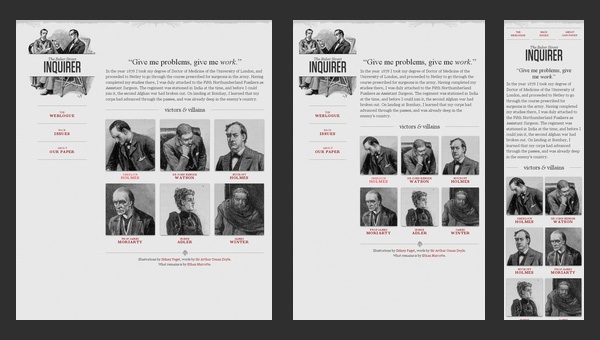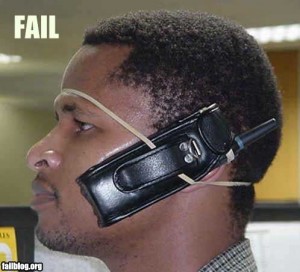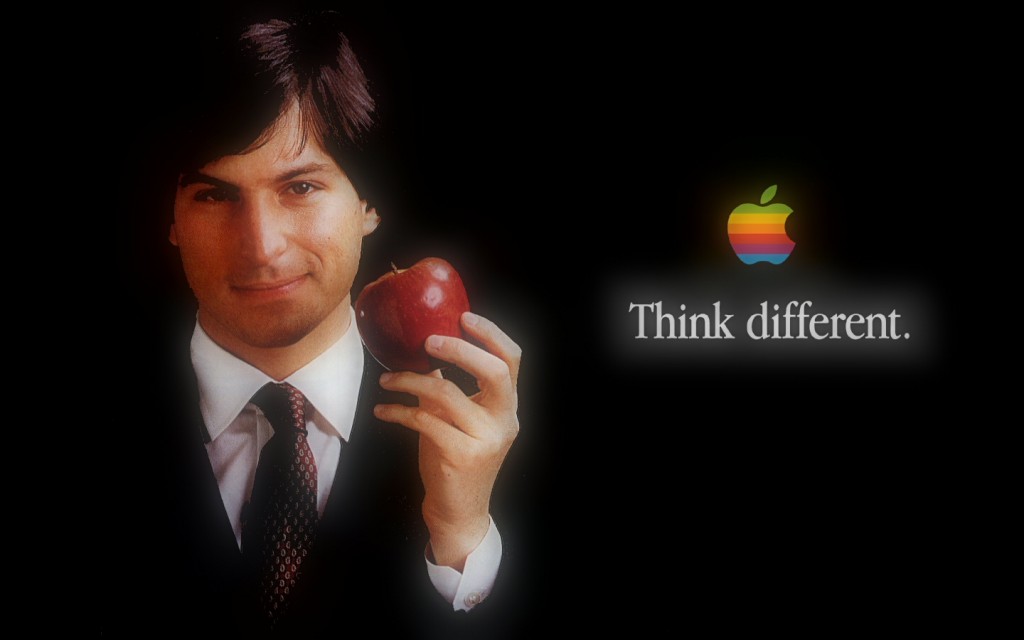 When it comes to this whole marketing thing, do you sometimes feel like you’re in over your head? Maybe you’re new to the “branding” concept? You hear so much talk about “engaging your audience” via Facebook and social media, but are you completely lost in where to even start?
When it comes to this whole marketing thing, do you sometimes feel like you’re in over your head? Maybe you’re new to the “branding” concept? You hear so much talk about “engaging your audience” via Facebook and social media, but are you completely lost in where to even start?
I’m not surprised. Go ahead, just try Googling “marketing ideas.” You’ll get 40,200,000 search results.
Talk about information overload. No wonder most business owners don’t even want to think about their marketing, so they put it off for as long as possible. I’m thinking you need a little direction. Am I right?
I’m gonna level with you – doing it right is not as easy as it looks. That’s why there are millions of professional marketing firms out there. And for the most part, the professionals will do a good job for you. But whether you’re coming up with the creative ideas, or you’re paying someone else to do it for you, you should NEVER go into your own marketing strategy blindly. It’s EXTREMELY important that you get involved. After all, who knows your clients, your product and your company’s needs and goals better than you do?
So before you delve into the details of how often to Tweet and which keywords to base your SEO around, let’s start with the basics. I just want to get your feet wet and get you thinking. Always start by figuring out what your marketing OBJECTIVE is. Everything else will come from there.
What’s your Objective?
1. Awareness – Potential customers must know of, or be reminded of your existence, your location, your product, your price range, and what makes you stand out from the competition
2. Build Contact List – Your mailing list is like gold. It’s what you rely on for promoting any campaign, and it takes a lot of nurturing to build and keep.
3. Get Involved – Your business is not soul-less. Companies are made up of people, and people like to patronize companies that they know go out of their way to help other people. Your company’s positive image reinforces the perception that you are genuinely caring and sharing.
4. Staff Incentives – A cared for and happy team makes for a harmonious, smooth operation. Customers can tell when your employees don’t want to be there. Think about the grouchy, frowning cashier at the supermarket. Make sure your employees feel appreciated!
5. Excitement – This is the kind of energy and excitement that makes you stand out from the competition. This is when you need to turn on your thinking cap and come up with some really creative promotions.
6. Frequency – When you’re trying to be “the place to go.” This is a brand loyalty thing, and keeping them coming as frequently as possible.
7. Publicity – For this one you’ve got to be interesting and newsworthy. Maybe you’re doing BIG things for the community, or you’re doing something so completely out of the box that it’s a story too good to pass up.
8. Generate Traffic - Simply getting people in the door or on the website is your goal here. Contests are great for this! You want to get potential customers to complete some sort of action, whether it’s entering the contest or downloading a form.
9. Branding – Image is everything. Period. If you don’t define your company and your brand, the market will define it for you. And that’s never what you want!
10. Increase Sales – a.k.a. Up-selling – This is every CEO’s favorite! From the sneaky but ingenious psychological tactics (a la putting candy, gum and magazines in the grocery checkout line) to having an in-depth understanding of how your industry works, there are really unlimited opportunities to do this one.
11. Creating Activity - Most industries have their “slow” periods during the year, but that’s not set in stone. This is where you will get creative to make the slow season profitable.
12. Trial Offer – Who’s gonna turn down a free sample? Come on, you’ll love it. This is when you really want to get those potential customers who are living on the edge to finally make the plunge – but without any of the risk.
(Great list compiled by Tom Feltenstein – And if you’re looking for a good book on the basics, try Tom’s “Encyclopedia of 401 Proven Killer Promotional Tactics”)















